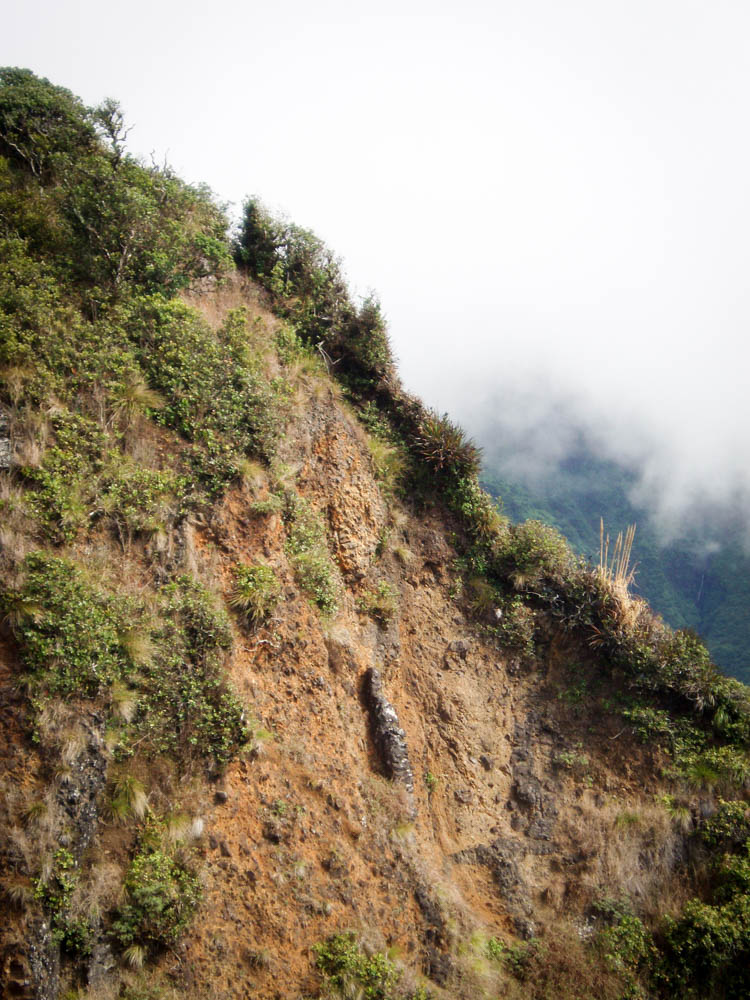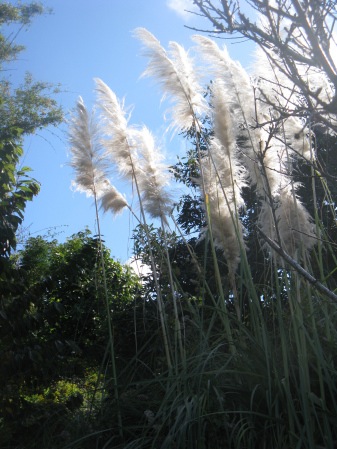With plumes that bring to mind ostrich feathers, pampas grass first became popular in the Victorian era. Fluffy seed heads…
Read More
invasive ornamental grasses
Pampas Grass: All Species on Maui are Invasive
In the early 1870s an enterprising nurseryman in Southern California imported a tall, clumping grass with distinctive feathery plumes to…
Read More


